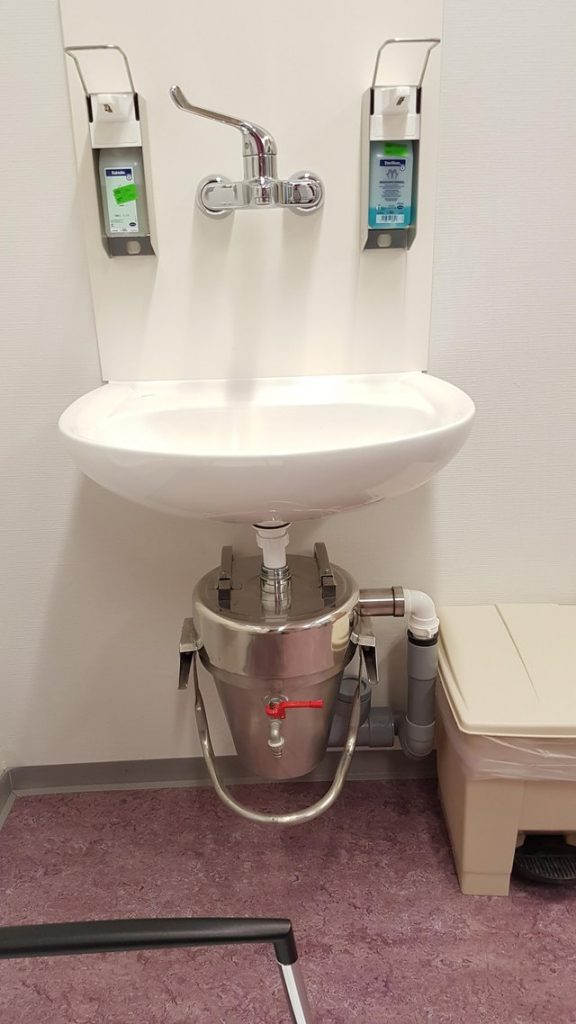
Plaster has a funny way of seeping into every corner and crevice, including your plumbing. If flushed down the drain, this adhesive (and hardening) substance, over time, can build-up in your pipework. Initially, this can just cause drains to flow a bit slower than usual. But, eventually, enough plaster can build up and completely seize the drain.
Whenever this does happen, unclogging a plaster blocked drain can be a costly, time-consuming task, in some cases requiring new plumbing. However, there’s a simple solution to stopping this from happening: Install a plaster trap.
Keen on learning more? Let’s dive into more.
What is plaster?
To first understand just why plaster is bad news for plumbing, you have first to know what this substance is, in the first place.
Put simply: Plaster is a hardening building material that’s commonly used in structures and, oddly enough, in dental and medical offices for impressions or castings to help heal broken bones. Because of its initial liquid state, plaster tends to find its way down drains.
This isn’t necessarily a bad thing—until you realize that drains rarely ever flow in a straight line. They, usually, curve and snake through walls and groundwork, which means there are opportunities for the plaster to settle—and harden. That’s when trouble comes a-knocking.
Why install a plaster trap?
Like we mentioned before: Plaster traps can help save your sink (and plumbing) from both unsightly cosmetic damage and functionality flaws. As a dental and medical professionals, working in either private practices or in bustling Emergency Clinics, copious amounts of plaster can find its way in and through your office’s pipework from doing in-suite impressions.
How does a plaster trap work?
Odds are, you think that a plaster trap is something like your everyday sink catcher. Well, it’s far from it.
Plaster traps are quite industrial, by nature. They usually consist of large, gallon-plus sized “bucket trap” that catches the hardened plaster as it settles. In larger applications, this bucket can be as large as ten gallons or more.
To keep the plaster trap working optimally, it should be emptied and cleaned regularly. Depending on how it’s installers, cleaning-out these traps can be done either by yourself or with the help of a professional.
Why can plaster traps start to smell?
Drains tend to, well, smell a bit, especially when they’re clogged with organic debris.
Because plaster traps act as basically catch-cans, they can collect bits and pieces of natural matter that, over time, can produce off-putting smells. But, thankfully, you do have options to solve this problem.
First and foremost, a plaster trap that’s producing bad smells usually means it needs to be emptied and cleaned. However, here is a professional plaster trap deodorizer for drain and traps available that will do the trick.
Suffice to say that a thorough cleaning will be needed, at some point.
What if I already have a plaster blocked drain?
If you’re already dealing with a plaster blocked drain, there are a few things you can do to help get your water flow back to normal.
In most cases, a plumbing professional will be needed to remove these clogging.
So, a word to the wise: Installing a plaster trap can save you not only a good chunk of change later down the road but also future headaches, to boot.

